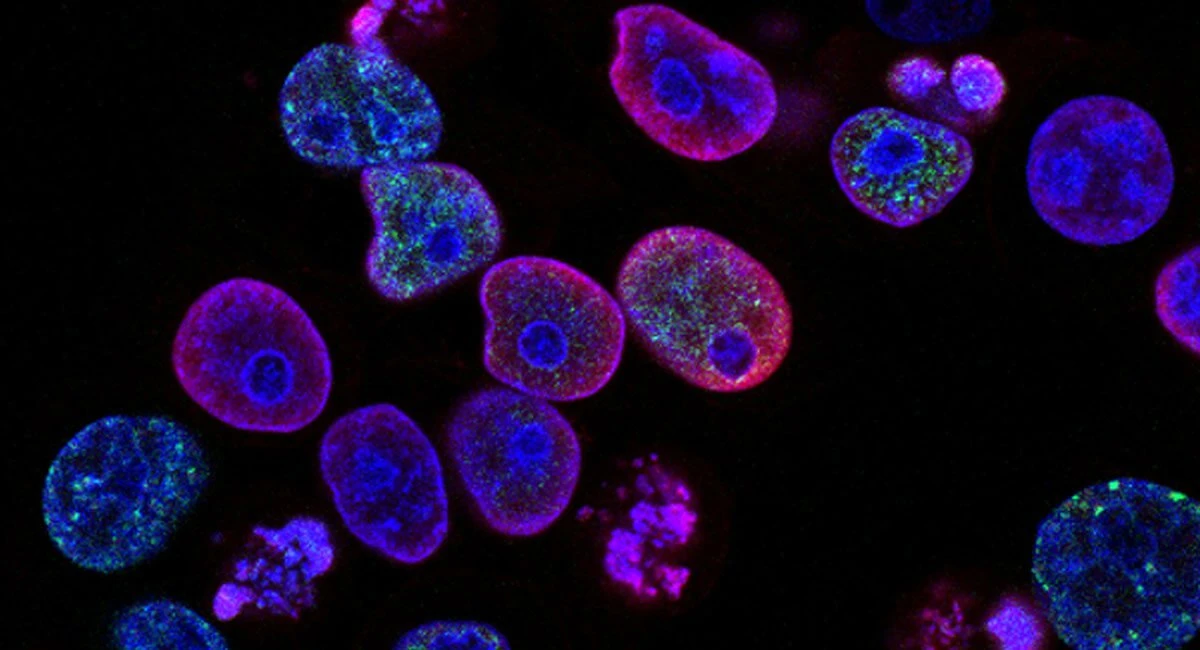bioAffinity Technologies is set to join the NASDAQ index through an initial public offering (IPO). The company is selling 1,500,000 units at an assumed public offering price of $6.75 each and is therefore hoping to raise $10m through its public listing.
Each unit comprises one common share in the company and a warrant to purchase one share of common stock at an anticipated exercise price of $8.10 per share, with these expiring five years from the date of issue.
The company’s common stock will be listed on the NASDAQ under the BIAF ticker and is anticipated to join the index in the week commencing 3 June. The sole book-running manager of the listing is WallachBeth Capital, LLC.
#What is bioAffinity?
Founded in 2014, bioAffinity Technologies is a Delaware-based company that seeks to address the need for non-invasive diagnosis of early-stage cancer and diseases of the lung and targeted cancer treatment.
The business develops proprietary non-invasive diagnostic tests and cancer therapeutics. Identifying cancer at early stages can drastically improve survivability. According to bioAffinity, detecting cancer at stage 1 and then proceeding with treatment produces a ten-year survival rate of 92%, compared with a five-year survival rate of just 21% for stage 2 to stage 4 detection.
As well as its development of diagnostic testing kits, bioAffinity has a wholly-owned subsidiary, OncoSelect Therapeutics. This business is focused on expanding its broad platform technologies to create targeted therapeutics to fight cancer, which the company says have wide appeal.
#Use of Proceeds
The company indicated that the primary use of the proceeds of its IPO would be for working capital and for general corporate purposes, which it explained might include product and test development, general and administrative matters, and capital expenditures.
It added that a portion of the net proceeds might be used for the acquisition of, or investment in, technologies, solutions or businesses that complement the company. However, it has no present commitments or agreements to enter into any acquisitions or investments.
Proceeds, together with anticipated sales of bioAffinity’s diagnostic LDT test, are anticipated to be sufficient for the company to complete the de novo pivotal clinical trial and to submit and obtain FDA marketing authorization of CyPath Lung for sale and enter the EU market for the sale of CyPath Lung as a CE-marked IVD test.
#CyPath Lung
This is bioAffinity’s first diagnostic test. It identifies lung cancer in a non-invasive testing process that begins with a sample collection process conducted at home using an individual’s sputum or phlegm. The sample is then sent to a laboratory where it can be quickly profiled in less than 20 minutes, and patients can expect results turned around in just three days.
The test is intended to follow a positive low-dose computed tomography (LDCT) lung cancer screening. This kind of screening has been identified as a critical process in the early detection of lung cancer, but for every 100 people who receive a positive result from LDCT screening and are suspected of having lung cancer, only four of those patients truly have the disease.
This has created the demand for something like the CyPath Lung diagnostic test.
#Business Strategy
The company seeks to commercialize the CyPath Lung diagnostic test through a four-stage business plan. The first is a product launch in Texas, where the company has signed a joint development agreement with a clinical pathology laboratory. Use of the product is then anticipated to spread across the US.
Stage two is set to launch in the EU, where bioAffinity plans to execute agreements with one or two commercial laboratories in mid-2023. The next phase would see the company submit a request for de novo classification to the FDA to classify CyPath Lung as a Class II IVD medical device to detect lung cancer, which would require further trials but likely result in a larger market and greater market share.
The final phase is anticipated to accelerate the diagnostic’s market presence to expand into other global markets, including China, Southeast Asia, and Australia.
#Market Opportunity
When it comes to market opportunity, it’s clear that businesses targeting cancer can find success. It is one of the leading causes of death on the planet and has overtaken cardiovascular disease in some countries.
The market size for cancer diagnostic tests, including devices, grew from $156.27bn in 2020 to $170.21bn in 2021, with a compound annual growth rate of 8.9%, and is projected to reach $239.23bn in 2025, according to data from Researchandmarkets.com.
Lung cancer is the most common cancer on the planet, and the global market for lung cancer diagnostic tests was estimated at $2.5bn in 2020, according to ReportLinker’s examination of the Global Lung Cancer Diagnostics Industry. The same source projected the market would reach a value of $4.3bn by 2027.
#Is bioAffinity a Good Investment?
There’s no mistaking the size of the market opportunity when it comes to cancer testing, but this brings a great deal of competition along with it.
Additionally, bioAffinity is a long way off the financial resources of some of these competitors and is still a ways from being able to supply testing kits commercially.
The $10m the company is looking to raise appears crucial ahead of its product launch in the months ahead. The company is currently saddled with total liabilities of over $14m and has cash and cash equivalents of just $1.03m.
Like many pharma opportunities, this is an investment that might take some time to hatch, so to speak, and may never reach the heights it is aiming for. As such, investors should be readily prepared to be on board for the long haul and may have to suffer share price dilution through further capital raising exercises along the way.
